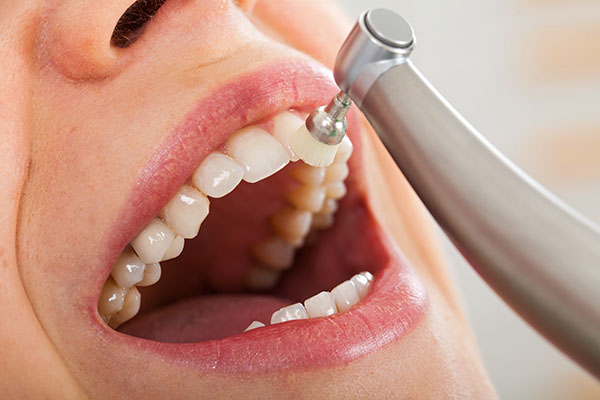 People who are looking to improve their smiles often consider the various dental restorations that are available. These restorations can fix a number of issues, including missing, fractured, chipped, decayed, and weakened teeth. The purpose of the procedures is to improve not only the look of the teeth but also their function. Depending on the problem, the dentist will recommend the options that meet the patient's needs, goals, and budget.
People who are looking to improve their smiles often consider the various dental restorations that are available. These restorations can fix a number of issues, including missing, fractured, chipped, decayed, and weakened teeth. The purpose of the procedures is to improve not only the look of the teeth but also their function. Depending on the problem, the dentist will recommend the options that meet the patient's needs, goals, and budget.
Types of dental restorations
Restoration procedures vary from simple to more complex. Some are performed in one visit, while others require multiple visits. If at all possible, the dentist will do whatever is necessary to save the damaged tooth, which is why seeking treatment as soon as possible is recommended.
Dental fillings
This is one of the most common dental restorations, as it fixes decayed teeth. The procedure is minimally invasive, and the majority of the tooth's structure is preserved. After the removal of the decayed portions, a filling, often made of composite material, is applied to the tooth.
Crowns
A crown is used when severe decay or a fracture has caused structural damage to the entire tooth. The placement of this artificial tooth typically requires two office visits, and it covers the natural tooth.
Inlays and onlays
Inlays and onlays are recommended when a tooth's decay is too extreme for a filling but not quite bad enough for a crown. They are both made in a lab, and the inlays are for when the cusp of the tooth is undamaged, while an onlay helps repair a broken cusp.
Bonding
Composite bonding is one of the dental restorations that fix a chipped or cracked tooth. A tooth-colored composite resin is applied to the front of the tooth and then hardened by a laser. The dentist then shapes it to the desired size.
Bridges
A bridge is used to replace one or more missing teeth. Also known as a fixed partial denture, it is made out of one or more artificial teeth. It is anchored to the healthy teeth, covered by crowns, on either side of the gap.
Dentures
Dentures are also used to replace missing teeth. They can be partial or full, and they are removable.
Implants
Implants can replace one or more missing teeth. Unlike bridges or dentures, these are attached to the underlying jawbone, which gives them a stable foundation and prevents bone loss. Although this is a popular option, as implants look and function like natural teeth, this procedure is the most invasive, and it takes numerous visits and months to complete.
Conclusion
Dental restorations treat certain dental problems and prevent further damage. The varying options not only improve the look of one's smile, but they also improve chewing function and speaking ability. After performing a thorough exam and discussing a patient's aesthetic goals and budget, the dentist will recommend the potential procedures and discuss the pros and cons of each one.
Request an appointment or call Founders Dental at 720-893-7362 for an appointment in our Castle Rock office.
Recent Posts
If you have ever gotten a filling or watched someone put in their dentures, you are familiar with the world of dental restorations. Although restorative dentistry focuses primarily on tooth and gum preservation, there is considerable overlap between dental and jaw health. As a result, dental restorations play a significant role in jaw restoration.To better…
After getting dental restorations such as fillings, implants, crowns, or root canals, it is important to follow any aftercare instructions given by the dentist. Doing so can help avoid damaging the restoration and causing further harm to the mouth. It can also allow the mouth to heal quickly and properly. Here are some tips commonly…
Dental restorations have been used for thousands of years. In fact, a 2012 article published by The New York Times details the discovery of a 6,500-year-old human jawbone. Considered the earliest evidence of dental fillings, it had beeswax in one tooth, which researchers believe was to ease the pain of a crack. These days, restorations…


